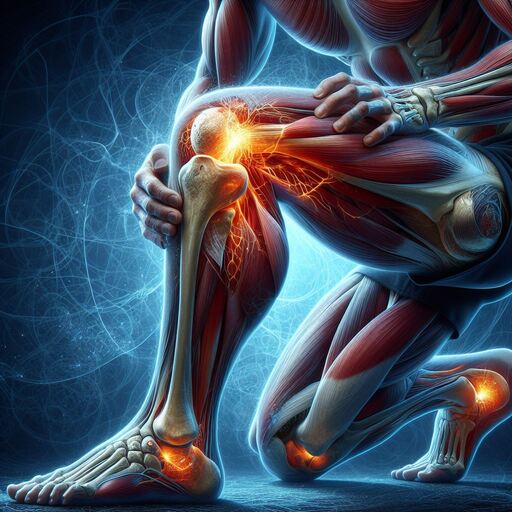ACL Tear An In-Depth Look at the Common Types and Symptoms
ACL Tear An In-Depth Look at the Common Types and Symptoms
Sure, here’s an article on “ACL Tear: An In-Depth Look at the Common Types and Symptoms”:
An anterior cruciate ligament (ACL) tear is a common knee injury that occurs when the ACL, one of the four main ligaments in the knee joint, ruptures or stretches. This can happen suddenly due to a twisting or pivoting motion, or it can occur gradually over time due to repetitive stress on the knee.
There are two main types of ACL tears: non-contact and contact. Non-contact ACL tears typically occur during activities such as sports or everyday movements like running or jumping. Contact ACL tears, on the other hand, typically occur when someone else makes physical contact with the injured person, causing them to twist or pivot awkwardly.
The most common symptom of an ACL tear is pain in the front of the knee, especially when attempting to straighten or bend it. Other common symptoms include swelling, stiffness, and a popping or grinding sensation in the knee. In some cases, individuals may also experience a feeling of instability or giving out in the knee joint.
ACL Tear An In-Depth Look at the Common Types and Symptoms
It’s important to note that not all ACL tears are immediately obvious, and some people may experience a gradual onset of symptoms over time. If you suspect an ACL tear, it’s important to seek medical attention as soon as possible to ensure proper diagnosis and treatment.
ACL tears can be treated through a combination of physical therapy, medication, and in some cases, surgery. However, the best course of action will depend on the severity of the injury and the individual’s overall health and activity level.
Overall, ACL tears are a common knee injury that can occur due to a variety of factors. Understanding the common types and symptoms of an ACL tear is the first step in seeking proper diagnosis and treatment. If you think you may have an ACL tear, seek medical attention as soon as possible to ensure a full recovery.
ACL Tear An In-Depth Look at the Common Types and Symptoms

